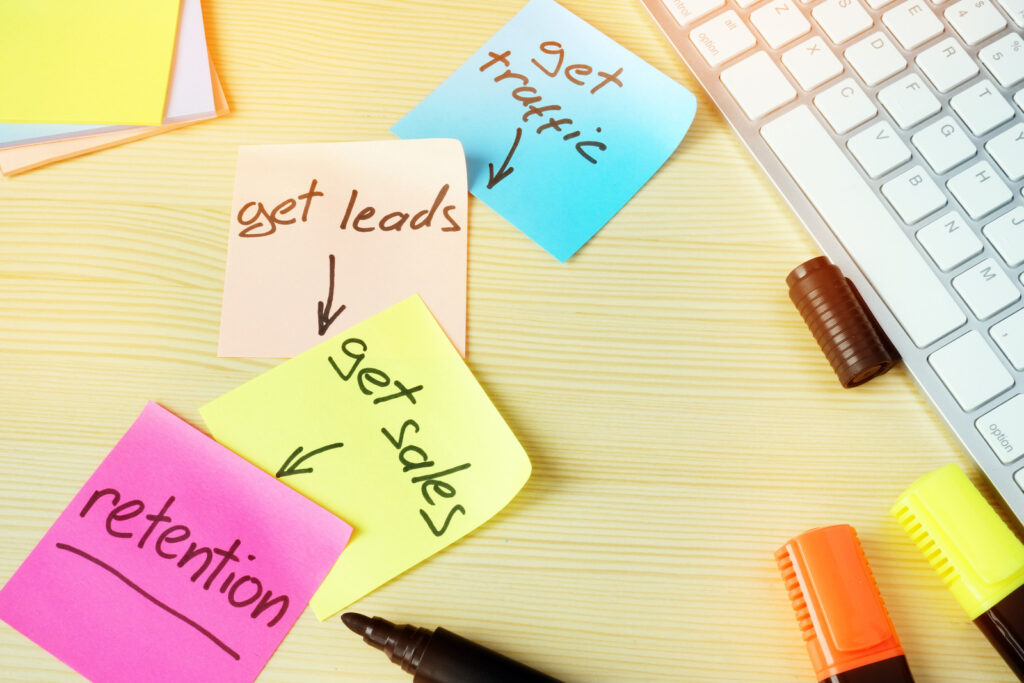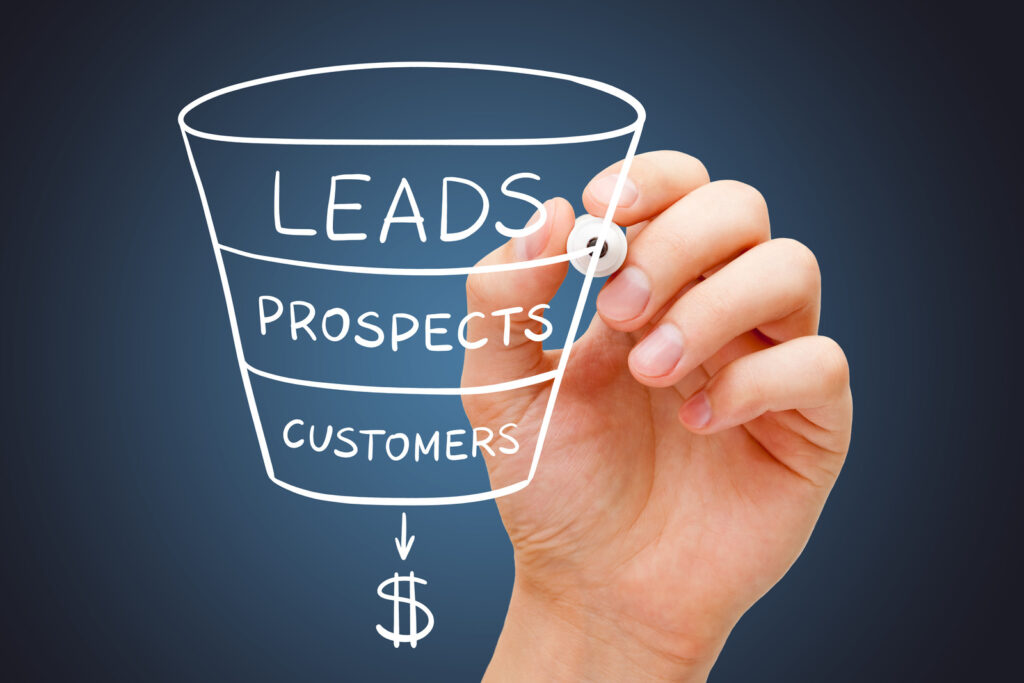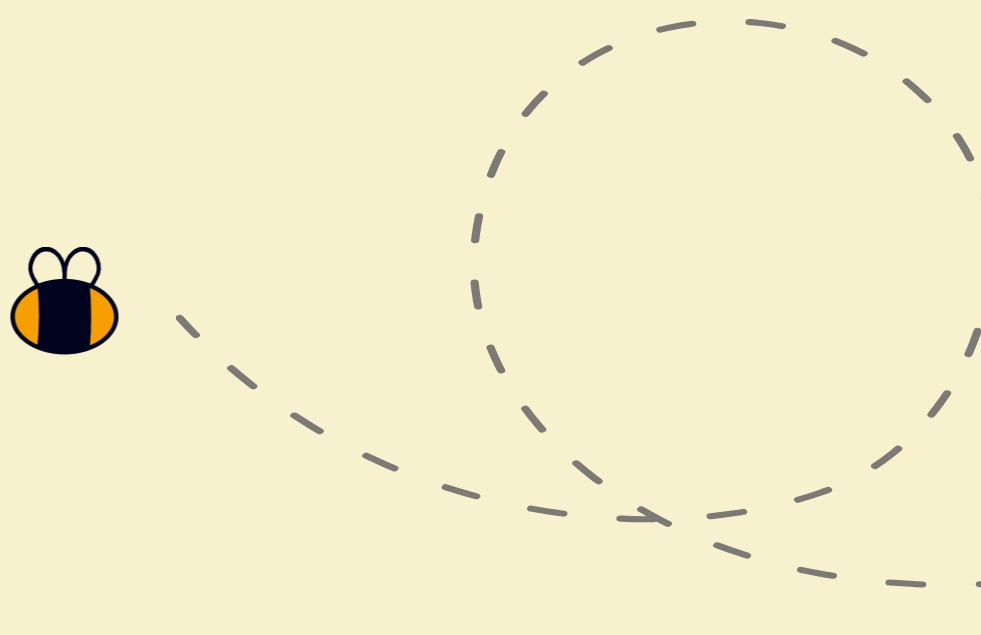
Just what is Customer Relationship Management (CRM), you ask? A CRM is the modern rolodex — a spectacularly multi-functioning, high-powered rolodex, mind you. And while CRM software does store contact names and addresses just like a rolodex —valuable enough in itself — it’s the other things it does that raise it to the next level of usefulness for marketing. With a CRM you can keep track of a myriad of other equally important information that will help you understand your relationships with customers. The “relationship” component of these types of apps is what really makes them stand out from other tools to store contact lists. With the help of a CRM system you can track customer interaction from many sources such as, contact forms, search engines, emails, phone calls or social media. The magic of CRM software is that you can use it to make order of all that customer information, see patterns and context. And that will help you make good decisions.
A CRM provides a rich database to analyze. The trick is to analyze it appropriately to give insight into your specific goals. So, for example, if it is leads and deals you’re after, you can track all the interactions with a lead from initial contact to a deal, helping you understand the customer’s needs and respond to satisfy those needs. When the deal is signed, your entire team will understand all the elements that went into the agreement, making delivering on the deal more effective.
In this post, we are concerned with how to use the data to inform long-term marketing, from general insight into which channels are more worthwhile for your business, right down to the nitty gritty of setting up a system to recognize your customers’ needs so you can segment them into accurate lists and increase your marketing efficiency.
Pick Your Channel

You might be wondering if all that social media is actually worth the time, or if the money you’ve put into paid digital marketing is worthwhile for your business. Not only will a CRM let you analyze customer information from specific social media campaigns, you can also get a general idea of which channels are more lucrative for you. Here’s how.
Your CRM will allow you to track the source. If you add conversion value (average deal size) and the number of leads you get through that medium you can figure out how much a lead through a specific channel is worth. You might attain fewer leads through PPC, but in the end they might be more helpful for your bottom line, for example. It all depends on what you are selling and who you are selling it to. These factors will be very specific to your business. Once you know which channels are generally more lucrative for you, you can decide to concentrate your efforts there, or dig deeper to discover why some channels are better than others. In either case, action based in sound data will provide the best results for your goals.
Monitoring Your Sales Funnel with a CRM System

Successful marketing is based on providing the right message at the right time based on your customer’s needs. In marketing, we talk about the sales funnel which provides a theoretical model of a customer’s journey towards buying a product, breaking it up into stages. At each stage a potential or actual customer will have different needs. For example, if somebody is at the top of the funnel — the initial stage — they will be searching broadly about a problem they are experiencing. But as they move closer to buying, their search queries will become much more specific; and by the end they will have narrowed down their search to a few products that may help solve their “problem”.
By monitoring your contact’s interaction with email and social media, customer service or the purchasing of your products— all of which you can do through your CRM — you can pinpoint the position of each of your contacts in the sales funnel so you can tailor your communications. If your contact is in the initial stages, send them links to general information such as blog posts. While at the beginning of the funnel somebody may be researching the “why” of a problem, in the middle funnel they move on to “how” to fix it. At this point, in-depth guides or a list of pros and cons would be helpful. As the person narrows things down even further, they become ready to make an educated purchase. Specific material about your product such as demos, FAQs or competitive analysis will help them to choose your product over another they are considering. If a person’s behaviour suggests they might be moving on, you might contact them directly or make an offer that would be hard to refuse.

To use a CRM to take advantage of this model you must first clearly define your sales funnel with specific touchstones and enter the stages into your CRM. According to your contact’s behaviour, you can enter them under different stages, and send them appropriate material. As they move towards buying your product you can simply drag them to the next point in your CRM sales funnel. The CRM keeps the process organized so you don’t miss anything important.
You can use the sales funnel data to segment your contacts into precise email lists, making the task of providing appropriate material and other communications much more efficient. Sending the appropriate communications can be automated, increasing the efficiency of the process exponentially. Utilizing marketing automation in this way saves you time, and brings in money.
That is all good at a more granular level, but since all interactions are tracked, you can also take a step back to review your marketing system as a whole. Analyzing the data over time will help you determine where there may be shortfalls, gaps or redundancies between different components. An effective sales funnel system will result in more efficient, accurate marketing.
To Sum Up
In this post we showed how a CRM can be useful for long-term marketing planning. You can use it to see long term acquisition from different sources which would be a great help to inform where to concentrate your efforts. You can also use it to set up a sales funnel system, allowing you to precisely segment your contact list and accurately market based on your contact’s needs. The functioning of the system can be monitored showing you where improvement should be made. Good decisions are based in accurate data, with long term general data and systems providing the context for day to day or campaign marketing







